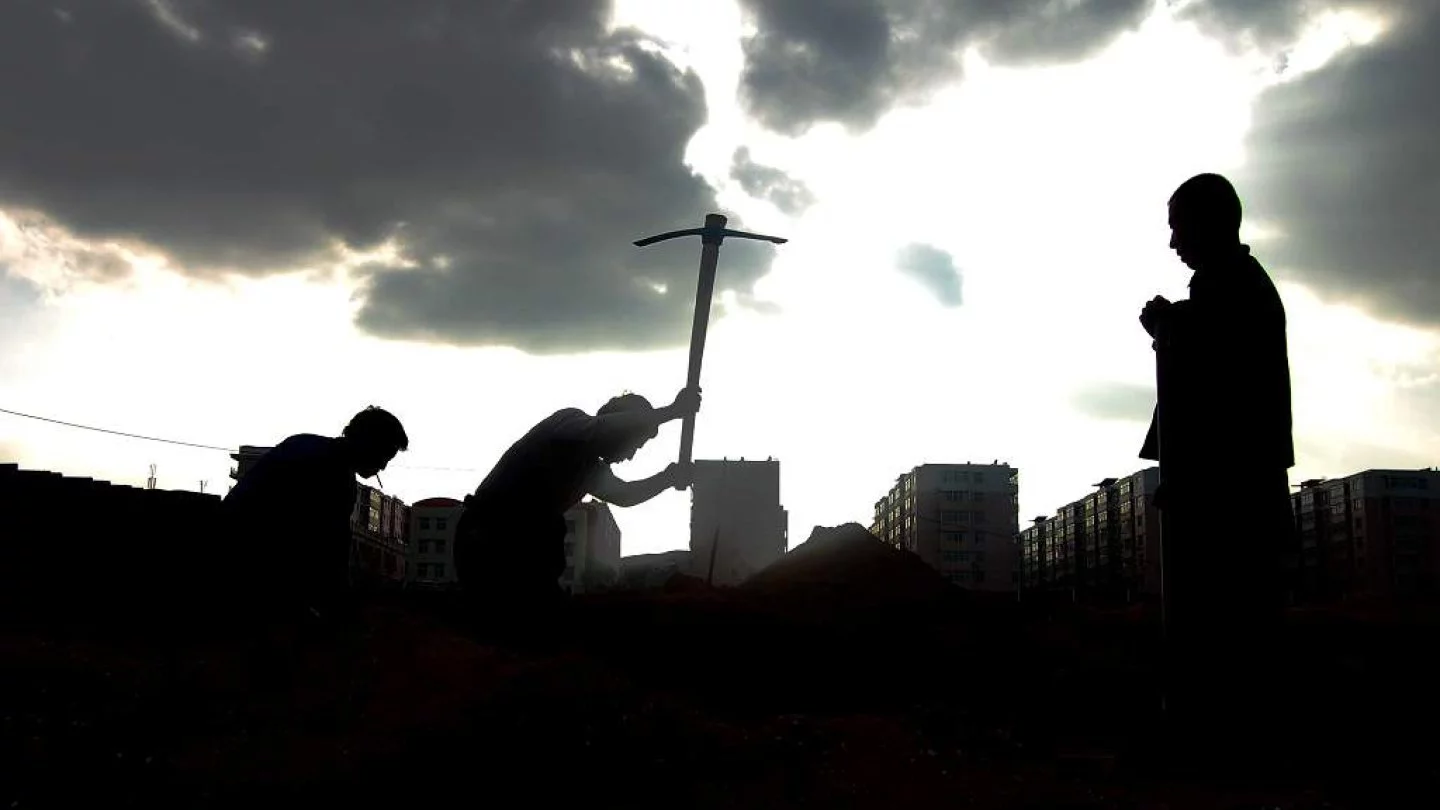Report: Over a Quarter of Migrant Workers in Kazakhstan Lack Official Work Registration
 Photo: Ill. Purposes, photograph by 枫彩, licensed under Creative Commons Attribution 2.5 China Mainland.”
Photo: Ill. Purposes, photograph by 枫彩, licensed under Creative Commons Attribution 2.5 China Mainland.”
More than a quarter of foreign migrants working in Kazakhstan are employed without official registration, according to a recent International Organization for Migration (IOM) study, reports Orda.kz.
The survey, conducted in July 2025, covered 2,100 foreign workers across Kazakhstan’s three major metropolitan areas and eight regions: Almaty, Atyrau, Qaraganda, Qyzylorda, Mangystau, Turkistan, West Kazakhstan, and North Kazakhstan.
Employment Conditions
The report shows that most labor migrants arriving in Kazakhstan are unskilled laborers engaged in physically demanding work. Only 6% of respondents had higher education.
Local employers often cut corners: 44% of migrants had contracts without pension contributions, 55% had no entitlement to vacation, and 27% had no formal employment record.
Their legal status in the country remains unclear, but in practice many are working illegally.
Living Standards
Living conditions are equally challenging. Just 38% of those surveyed said they earn enough to live on and save a little.
Forty-three percent send more than half of their income home, while for 40% the money earned in Kazakhstan is their family’s main source of livelihood. Almost one-third (29%) were unemployed in their home countries, and more than half (54%) said they would take any available job.
The “typical” labor migrant is described as a married man, around 34 years old, with secondary vocational education, employed in construction or agriculture. Women make up only 21% of the migrant workforce, compared to 79% men, but are better educated: 20% have higher education and work in fields such as humanities, trade, education, and healthcare.
Men also out-earn women. The average monthly salary for male migrants was $574 (about 314,000 tenge), compared to $490 (268,000 tenge) for women.
Skilled vs. Unskilled Labor
While the majority of respondents were unskilled laborers, the survey also included highly qualified specialists working in banking, tourism, IT, manufacturing, and large companies.
Statistically, however, their numbers were much lower.
Countries of Origin
Most foreign workers come from neighboring Central Asian states: Uzbekistan (half of all respondents), Tajikistan, and Kyrgyzstan.
Russia and China were also in the top five. Other groups included Azerbaijanis, Armenians, Turks, Pakistanis, Indians, Ukrainians, and Turkmens.
More than half of the respondents said they come for seasonal work and return home afterward. Only 32% reported living in Kazakhstan long-term, with citizens of Uzbekistan (38%) and Russia (21%) making up the majority of permanent residents.
Motivations
The main reasons cited for coming to Kazakhstan were higher wages (37%), geographic proximity (29%), and having friends in the country (19%).
Nine percent reported having family members already in Kazakhstan.
Despite low pay, lack of contracts, and weak social protections, most migrants reported feeling accepted.
Ninety percent said they had no difficulties communicating with locals, while 6% said they simply avoided contact.
Original Auhtor: Nikita Drobny
Latest news
- Drones Target Oil Refinery in Russia’s Orenburg Region
- Trial Date Set for Businesswoman Accused of Inciting Ethnic Discord
- Toqayev Orders Acceleration of Torgay–Irgiz Highway Project
- Kazakh Scary Tales: Yerzhanov’s Dark Spin on Folklore
- Russia-Linked Shadow Fleet Tanker Resumes Voyage After French Detention
- Kazakhstan Listed Among Supporters of Trump’s Gaza Peace Plan
- How a Young Woman's Death Ignited Demands for Capital Punishment in Kyrgyzstan
- Yedige Bi: 15th-Century Manuscript Digitized
- Report: Over a Quarter of Migrant Workers in Kazakhstan Lack Official Work Registration
- U.S. Unlikely to Send Tomahawks to Ukraine, Focus on Shorter-Range Systems — Reuters
- Boranbayev Withdraws Petition to Ease Restrictions
- Toqayev Meets OPEC Secretary-General
- Major Oil Smuggling Trial Concludes in Mangystau Region
- Kadyrov Calls for Tribunal Against Deputy Amid City Renaming Dispute
- Uzbekistan and Russia Discuss Migration Policy Improvements at Tashkent Roundtable
- How Realtors and Notaries Help Cybercriminals Seize Apartments in Almaty
- Kazakh Pensioner Swims the Bonifacio Strait Between Corsica and Sardinia
- Qaraganda Father Demands Prosecution of Mother and Stepfather for Marrying Off 15-Year-Old Daughter
- National Bank Survey: Analysts Raise Inflation and Interest Rate Forecasts for 2025
- Farmers in Qostanay Region Face Water Shortages After Embankment Washout

